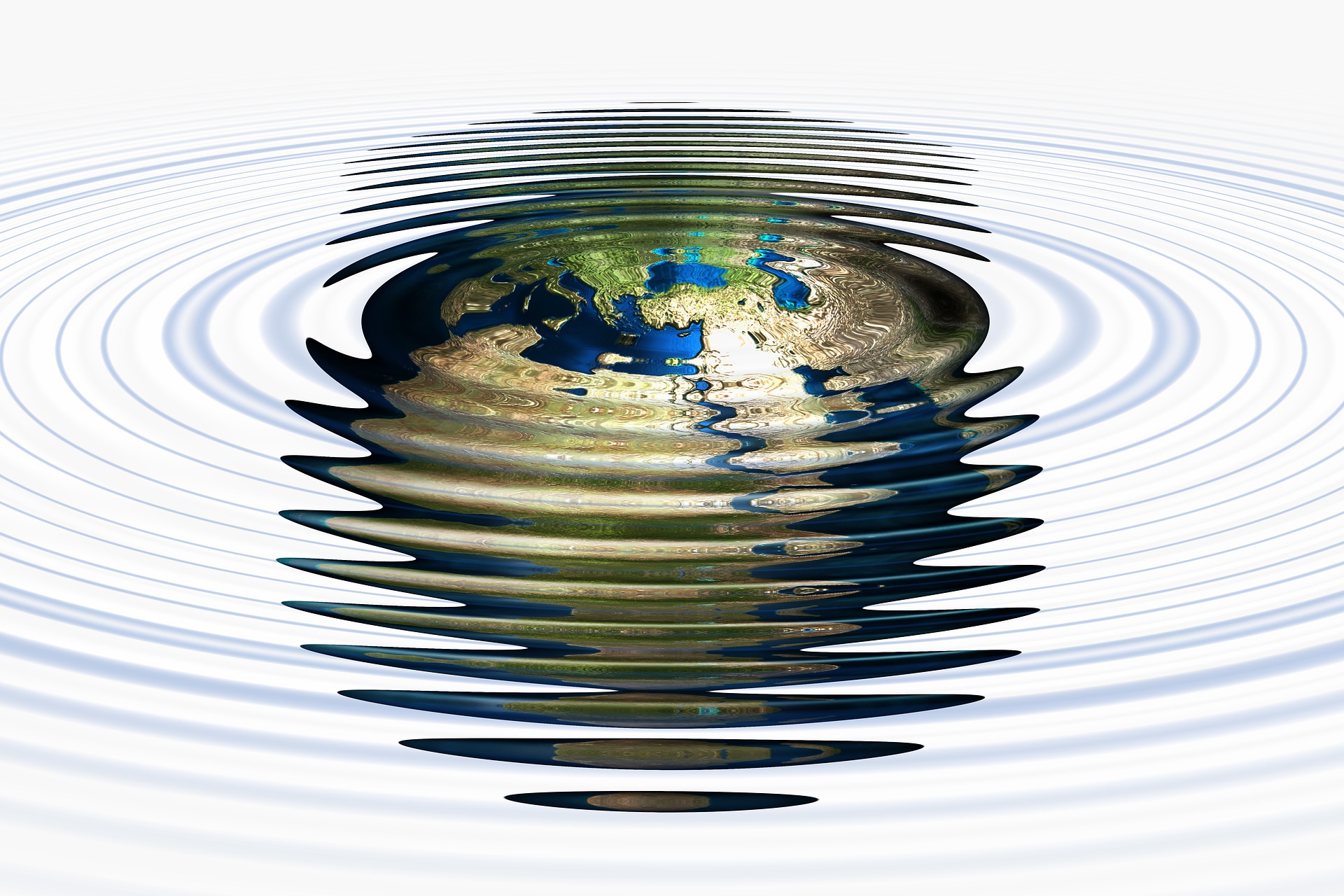By Cora Kammeyer
Water crises have been among the top five global risks in each of the last seven years, according to the World Economic Forum (WEF). This year is no exception. ‘Water Crises’ is listed as the fifth-most impactful risk for 2018. In addition to being a major risk in its own right, water is also linked to many other of the most significant risks, social and environmental, confronting our society today.
Defining Water Crises
“Water Crises: A significant decline in the available quality and quantity of fresh water, resulting in harmful effects on human health and/or economic activity.”
– WEF Global Risks Report 2018
While WEF’s definition of “water crises” is focused on insufficiency, it is important to remember that the world’s water challenges are not constrained to scarcity and pollution. As we have said before, physical water risks can stem from a variety of issues, including having too much water, not enough water, or water that is unfit for use. This year’s risk report highlighted all three types of water challenges:
- Too much water: Extreme rainfall had catastrophic effects last year. Of the 10 highest-casualty natural disasters in the first half of 2017, eight involved floods or landslides.
- Not enough water: Extreme drought in China forced a switch from hydropower to coal-fired power, contributing to the first increase in global carbon dioxide emissions in four years.
- Water unfit for use: Microplastic fibers are found in 83 percent of the world’s tap water.
Systemic Challenges
The most powerful insight from this year’s risk report is not just that water crises are a top-tier risk, but that water is inextricably interwoven into nearly every single risk factor explored in the WEF analysis, including:
- Changing climate
- Failure of climate-change mitigation and adaptation
- Degrading environment
- Extreme weather events
- Natural disasters
These environmental risks contribute directly to social risks such as food crises, man-made environmental disasters, and large scale involuntary migration. Those social risks then drive social instability, leading to interstate conflict, increasing polarization of societies, and state collapse or crisis. Social instability and conflict precipitate violence, which brings us full-circle to the top risk for 2018, weapons of mass destruction.
Taking Action
Pick any risk on the list, and you can find a thread connecting it back to water. Water resource challenges both affect and are affected by all the risks expected to have the biggest impact on our world. And this has been the case for as long as WEF has been releasing this risk report.
Given this ongoing conundrum, perhaps it is fitting to conclude by reiterating a question already posedby a colleague of mine:
“How many more years will it be one of WEF’s top global risks before the world starts valuing water?”
The time for taking meaningful action to address water risk is long-overdue. Corporate water stewardship alone will not solve the world’s water-related challenges, but it is a critical piece of the puzzle. And there is no time like the present to start on your stewardship journey.
More information:
What is the WEF Global Risk Report?
The WEF Global Risk Report is an annual publication identifying and analyzing the most pressing risks that we face. The data to support this analysis come from the Global Risks Perception Survey (GRPS), which harnesses the expertise of WEF’s extensive network of business, government, civil society and thought leaders. Survey respondents are asked to rate the likelihood of each global risk on a scale of 1 to 5, 1 being a risk that is very unlikely and 5 a risk that is very likely. They also rate the impact on each global risk on a scale of 1 to 5 (1: minimal impact to 5: catastrophic impact), as well as assess the connections and common drivers among the risks. Over 760 people were surveyed this year, and 48 eight percent of respondents were from the business community.
What is the WEF Annual Meeting?
The World Economic Forum Annual Meeting happens every year in conjunction with the report release. This year, the 48th convening, leaders from around the world meet in Davos, Switzerland to develop “a shared narrative to improve the state of the world.”
This year, there were no sessions explicitly devoted to water crises despite it being listed as a topline risk. Several of the sessions touched on water issues, though, such as Responding to Extreme Environmental Risks and Stepping Up Climate Action.


